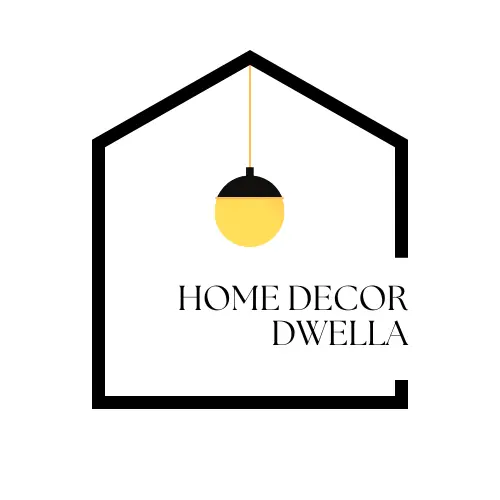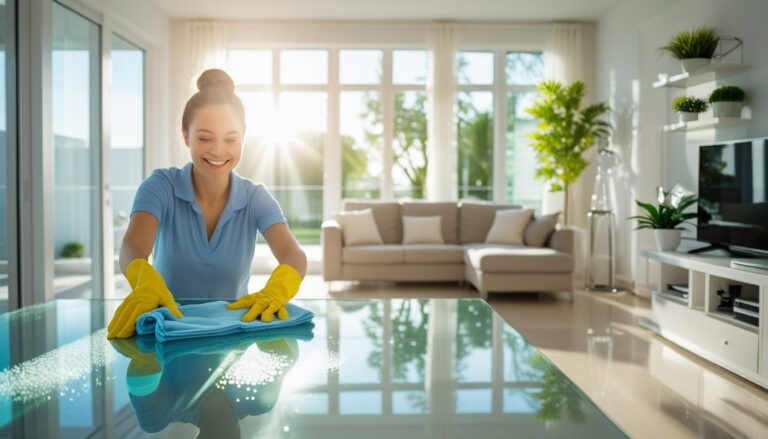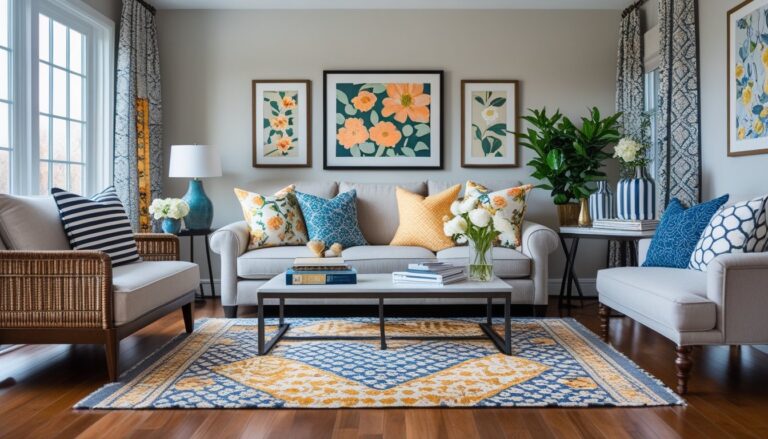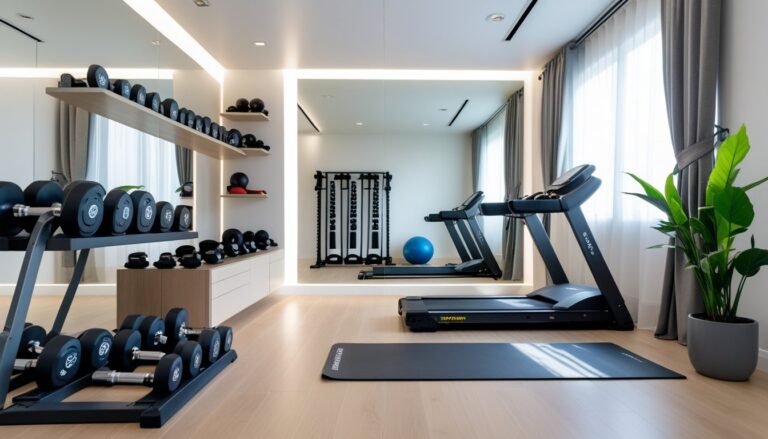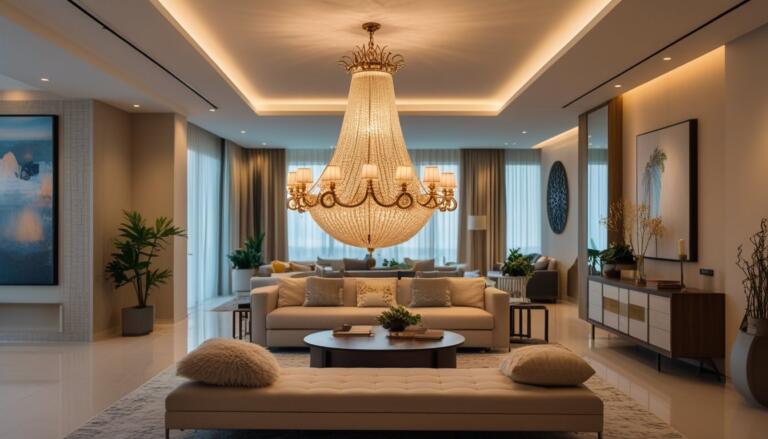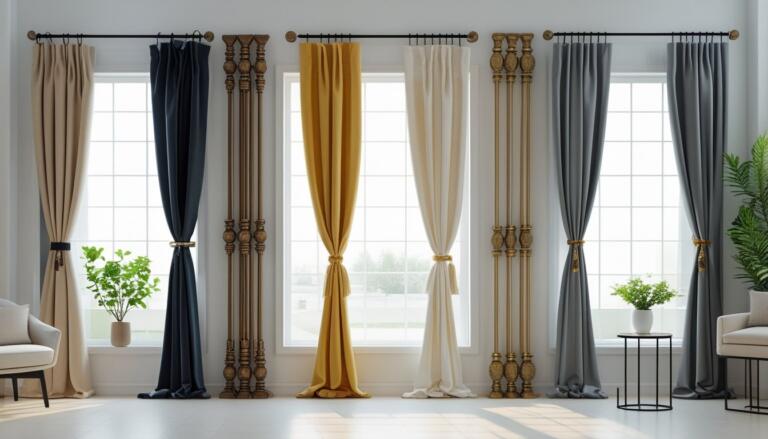Lighting Isn’t Just Functional: It’s Design Magic Transforming Spaces and Ambiance
Lighting often gets seen as just a tool to brighten up a room, but it is much more than that. Lighting shapes the mood, highlights key features, and adds personality to any space, making it a powerful part of design. It can make a room feel warm and cozy or fresh and energizing, turning ordinary places into memorable experiences.
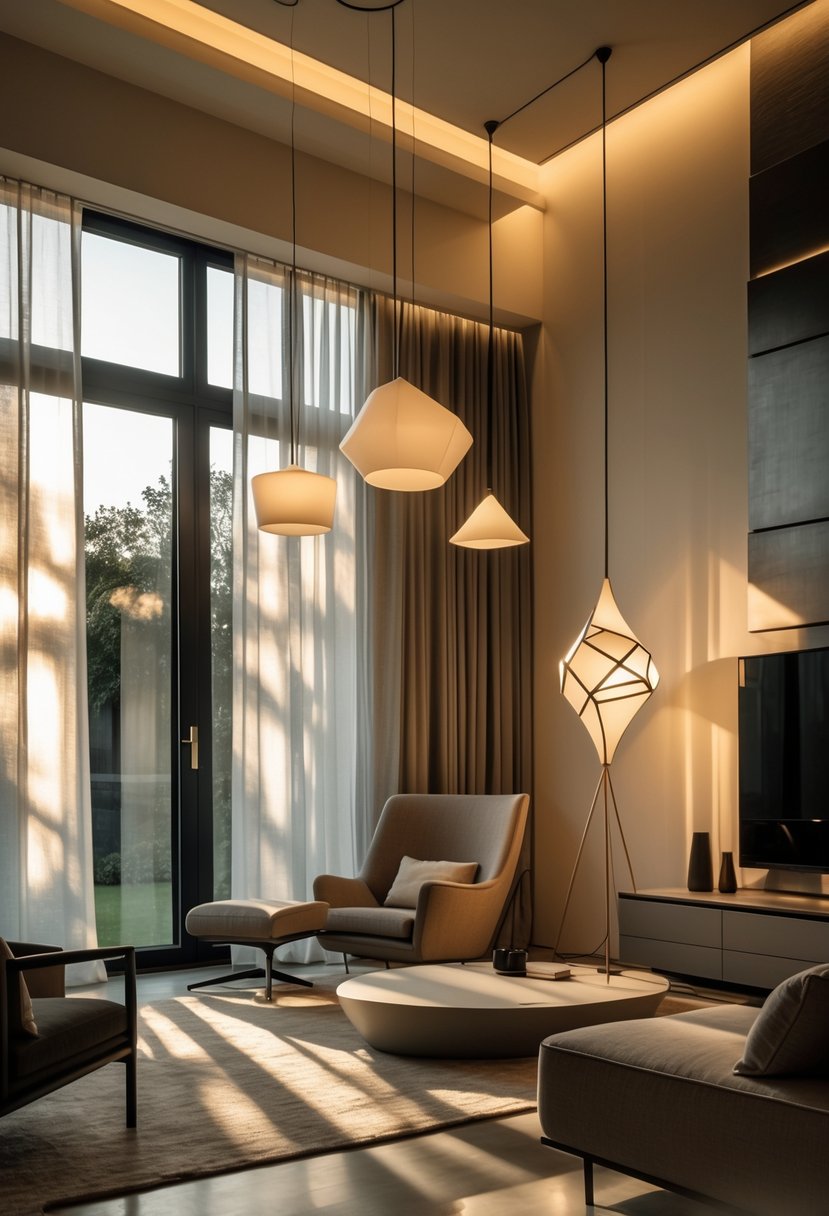
Good lighting combines function and style by using different layers and types of light. It balances task needs with atmosphere, guiding how people feel and interact with their surroundings. When done well, lighting acts as a hidden art that transforms interiors without drawing attention to itself.
Designers use various techniques and fixtures to create lighting effects that serve both practical and emotional purposes. Embracing new technology and efficiency can also make lighting both beautiful and sustainable, proving that lighting is truly design magic.
Key Takeways
- Lighting influences emotion and usability in a room.
- Layering different light types creates balanced and dynamic spaces.
- Efficient lighting choices blend aesthetics with sustainability.
The Role Of Lighting In Interior Design
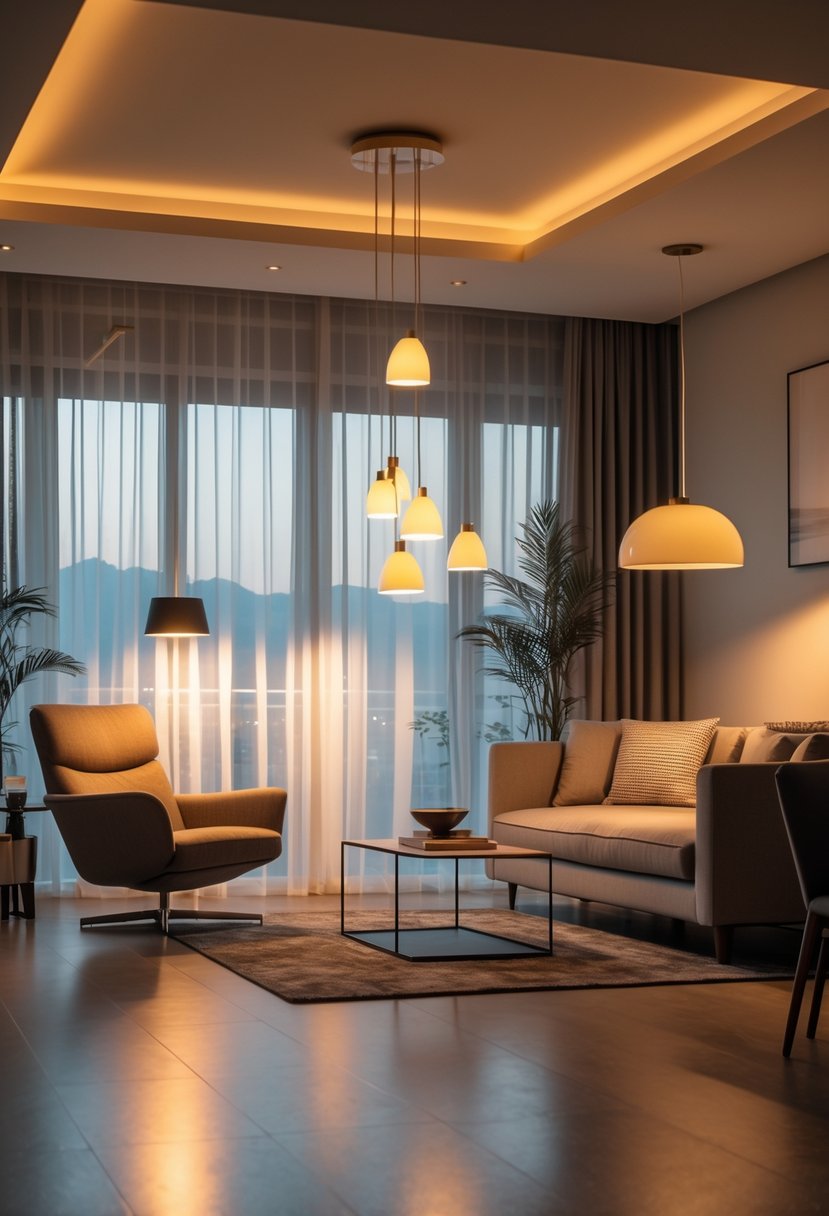
Lighting serves multiple purposes in interior design. It supports the practical use of a space, shapes how it looks and feels, and draws attention to key elements of the room.
From Functionality To Visual Impact
At its core, lighting must meet functional needs. It provides enough brightness to carry out tasks safely and efficiently. For example, kitchens require bright, focused light for cooking, while living rooms benefit from softer lighting that supports relaxation.
Beyond function, lighting creates visual interest. The right arrangement can add depth and texture by playing with light and shadow. This changes how the space is perceived, making it feel larger or more inviting without altering the physical layout.
Aesthetics And Mood Shaping
Lighting strongly affects the mood in a room. Warm lighting tends to create a cozy, comfortable atmosphere. Cooler tones can foster alertness and focus. Designers use this to influence emotions in different spaces, such as calming lights in bedrooms or vibrant lighting in social areas.
The choice of fixtures, light intensity, and placement all contribute to the aesthetic balance. Layered lighting—combining ambient, task, and accent lights—helps craft a versatile environment that adapts to the needs and moods of occupants.
Highlighting Architectural Features
Lighting also plays a strategic role in highlighting architectural features. It can emphasize textures like wood grain, brickwork, or sculptural shapes. Directional lights and spotlights draw the eye to columns, built-in shelves, or artwork.
By focusing light on these elements, the design gains depth and character. This enhances the viewer’s appreciation of the space and guides their movement through the room, creating a dynamic visual experience.
Lighting Magic: Techniques And Design Strategies
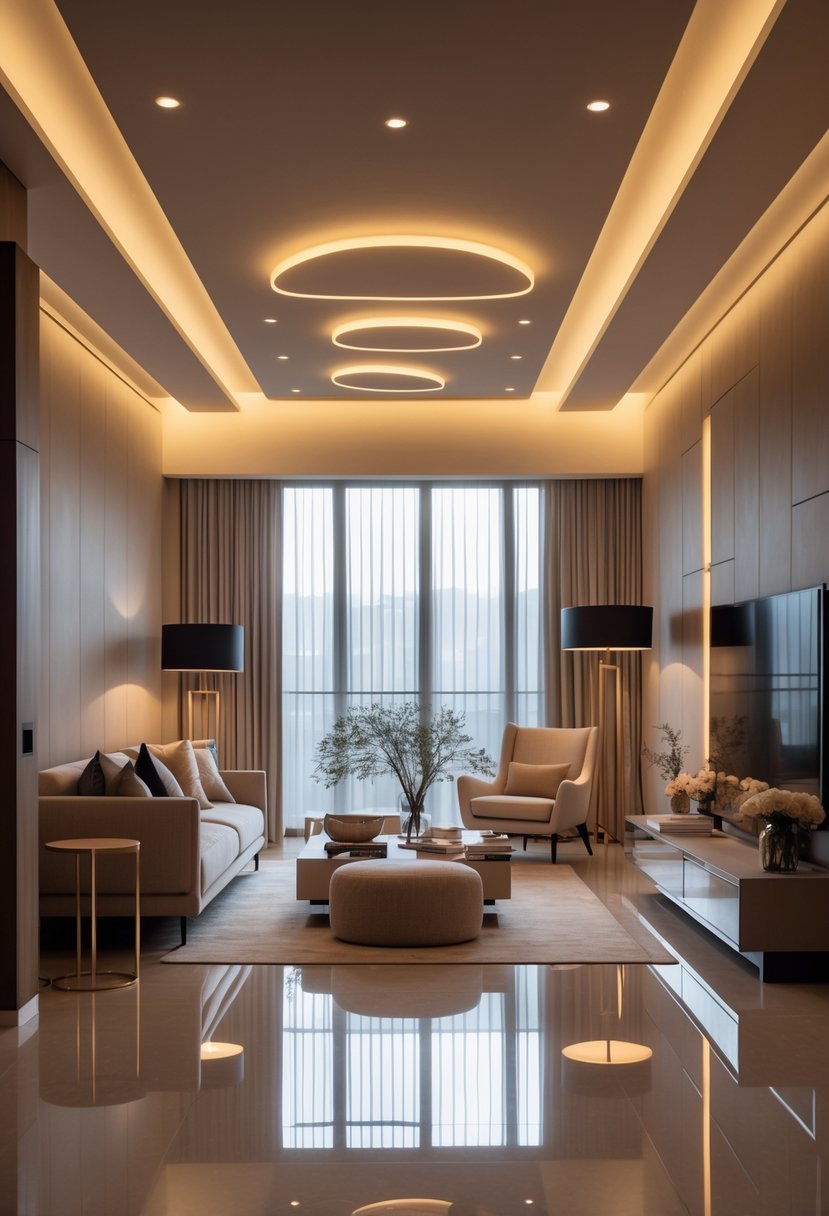
Lighting design uses specific methods to change how a space feels and functions. Effective use of multiple light layers, careful choice of color temperature, and adjustable controls are key tools that shape atmosphere and mood.
Layered Lighting For Flexible Ambiance
Layered lighting means combining different types of lights in one space to serve various purposes. It usually includes ambient light for general illumination, task light for activities, and accent light to highlight features.
This approach creates balance and contrast, making spaces adaptable. For example, bright overhead lights work for daily tasks, while softer accent lights add warmth and interest. Shadows formed by layering can add depth and texture to a room’s design.
Using layers gives people control over how the space feels. Adjusting which layers are on at a time changes the energy, making a room practical or relaxing depending on the need.
Creating Atmosphere With Color Temperature
Color temperature refers to the warmth or coolness of light, measured in Kelvins (K). Lower values (2700-3000K) produce warm, yellowish light that feels cozy and inviting. Higher values (4000-5000K) give cool, bluish light that is bright and alert.
Choosing the right color temperature impacts mood and function. Warm tones are better for bedrooms or living areas where comfort is key. Cooler tones suit workspaces or kitchens, where clarity and focus matter.
Designers match color temperature to the room’s purpose to enhance its atmosphere. Mixing temperatures within a space can also create dynamic effects if done carefully.
Using Dimmers And Controls For Mood
Dimmers let users change light levels smoothly, offering precise control over brightness. This flexibility helps tailor the mood from bright and energetic to soft and calming in the same room.
Controls may include switches, remotes, or smart apps. They can adjust different lights independently or together, making the lighting design fully customizable.
Using dimmers is a simple but powerful technique. It reduces glare, minimizes energy use, and supports personal preference. This tool also enables creative use of shadows, adding visual interest without changing fixtures.
Types Of Lighting Fixtures And Their Effects
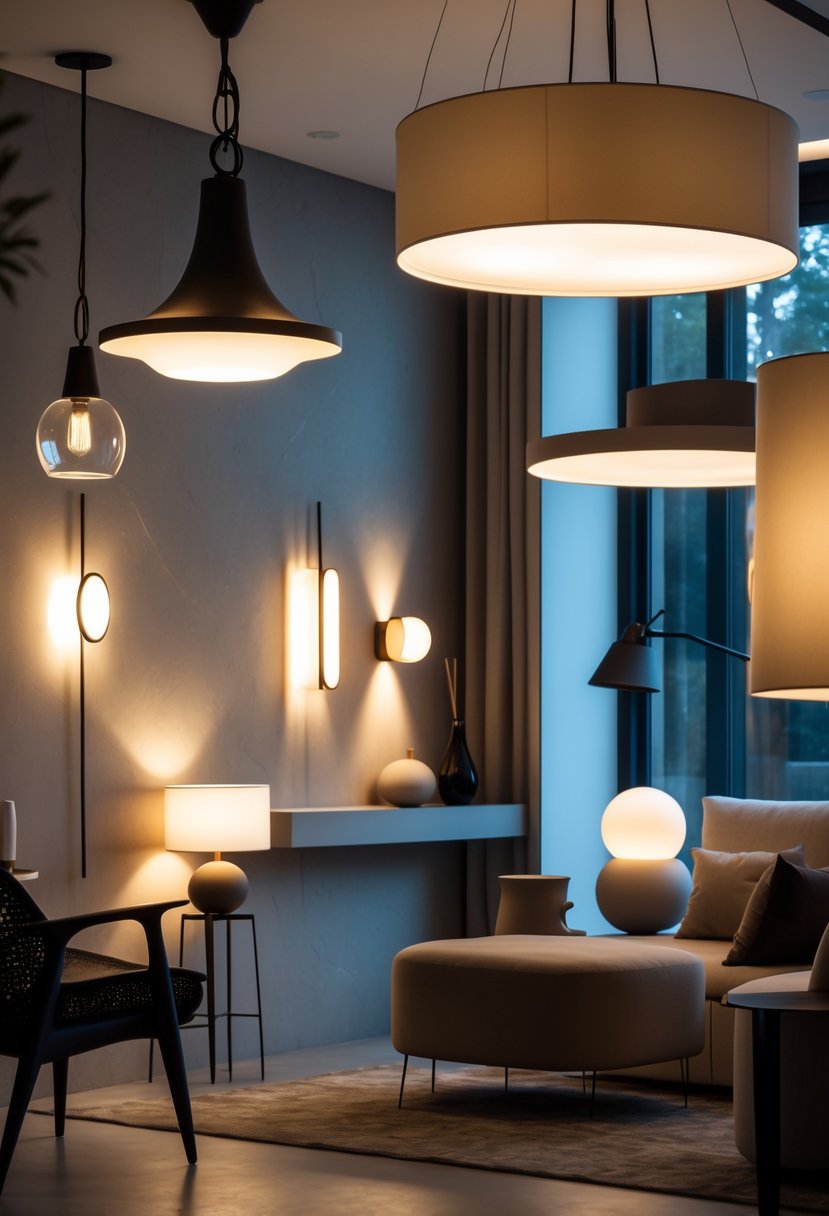
Lighting shapes how a space looks and feels by using different fixtures and techniques. Some lights fill a room evenly, others focus on tasks, and some highlight details. The right mix changes a room’s mood and makes it work better.
Ambient, Task, And Accent Lighting
Ambient lighting is the main source of light in a room. It provides uniform brightness so people can see clearly. Examples include ceiling fixtures, floor lamps, and table lamps. This type sets the foundation for all other lighting.
Task lighting focuses on specific areas where activities happen, like reading or cooking. Desk lamps, under-cabinet lights, and pendant lights over kitchen islands are common. Task lighting reduces eye strain and improves precision.
Accent lighting draws attention to certain features, such as artwork or plants. Spotlights, uplights, and cove lighting serve this purpose. Accent lights add depth and visual interest by creating contrast within a space.
Chandeliers, Pendants, And Decorative Elements
Chandeliers are classic fixtures that combine light with style. They often hang in dining rooms or entryways. Their many bulbs spread ambient light while acting as a centerpiece.
Pendant lights hang from the ceiling on a single cord or chain. They work well over kitchen counters or breakfast bars. Pendants come in various designs, from sleek and modern to vintage charm styles.
Decorative lighting elements include fixtures that add personality beyond function. This category includes wall sconces, candelabras, and artistic lamps. These pieces contribute to the room’s character while providing soft illumination.
Recessed, Cove, And Backlighting Innovations
Recessed lights fit into the ceiling and shine downward as downlights. They create a clean look and good ambient light without taking up space. Housings and trims come in many styles to match room design.
Cove lighting uses hidden light sources near ceilings or walls to bounce light softly. It adds a gentle glow that uplights a room. This technique makes spaces feel larger and more inviting.
Backlighting places light behind objects like mirrors or shelves. It highlights shapes and creates a subtle glow. This technique works well in bedrooms or bathrooms for a modern, calming effect.
Efficiency, Technology, And Sustainable Lighting Choices
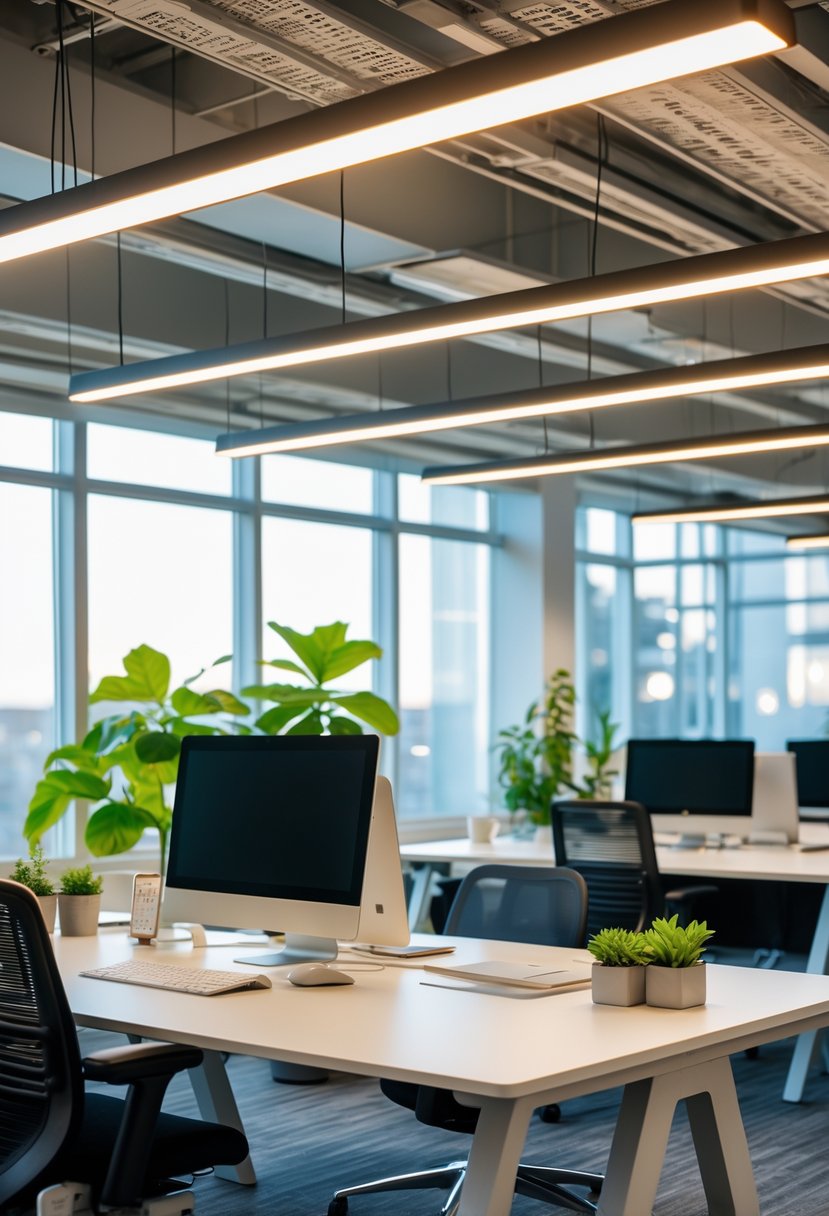
Making smart lighting decisions involves more than saving energy. It includes choosing the right technology and blending natural and artificial light to create efficient, comfortable spaces. These factors help reduce waste while improving the quality and look of lighting.
Smart Lighting Systems And Solutions
Smart lighting systems use sensors and automation to reduce energy use. These systems adjust brightness based on occupancy, daylight, or time of day. This means lights are on only when needed, saving electricity and lowering costs.
Many smart lighting solutions allow users to control settings remotely through apps. This flexibility supports energy efficiency and convenience. Smart controls can also adapt light color and intensity for specific tasks or moods, improving comfort and function.
Integrating smart lighting adds value by combining sustainability with user-friendly technology. This approach fits well in homes, offices, and public spaces focused on reducing energy waste.
LEDs, High CRI, And Energy Efficiency
LEDs are the leading choice for energy-efficient lighting. They consume less power and last longer than traditional bulbs. Their low heat output also contributes to energy savings by reducing cooling needs.
High CRI (Color Rendering Index) LEDs show colors more accurately. This makes spaces look natural and appealing, which benefits retail, work areas, and homes. Choosing LEDs with high CRI improves visual comfort without extra energy use.
Using LEDs with smart controls enhances efficiency further. The technology supports sustainability goals by cutting energy use and waste while maintaining quality lighting.
Natural And Artificial Light Integration
Combining natural and artificial light maximizes energy savings and comfort. Using daylight reduces the need for electric lighting during the day. Proper window placement and shading controls help balance light levels.
Natural materials often help diffuse or reflect natural light indoors. These elements improve lighting quality while keeping spaces simple and eco-friendly. Artificial light can then fill gaps, matching natural light’s warmth and intensity.
This integration supports sustainable design by lowering energy consumption and enhancing user experience. Thoughtful use of both light sources creates healthier and more efficient environments.
Frequently Asked Questions
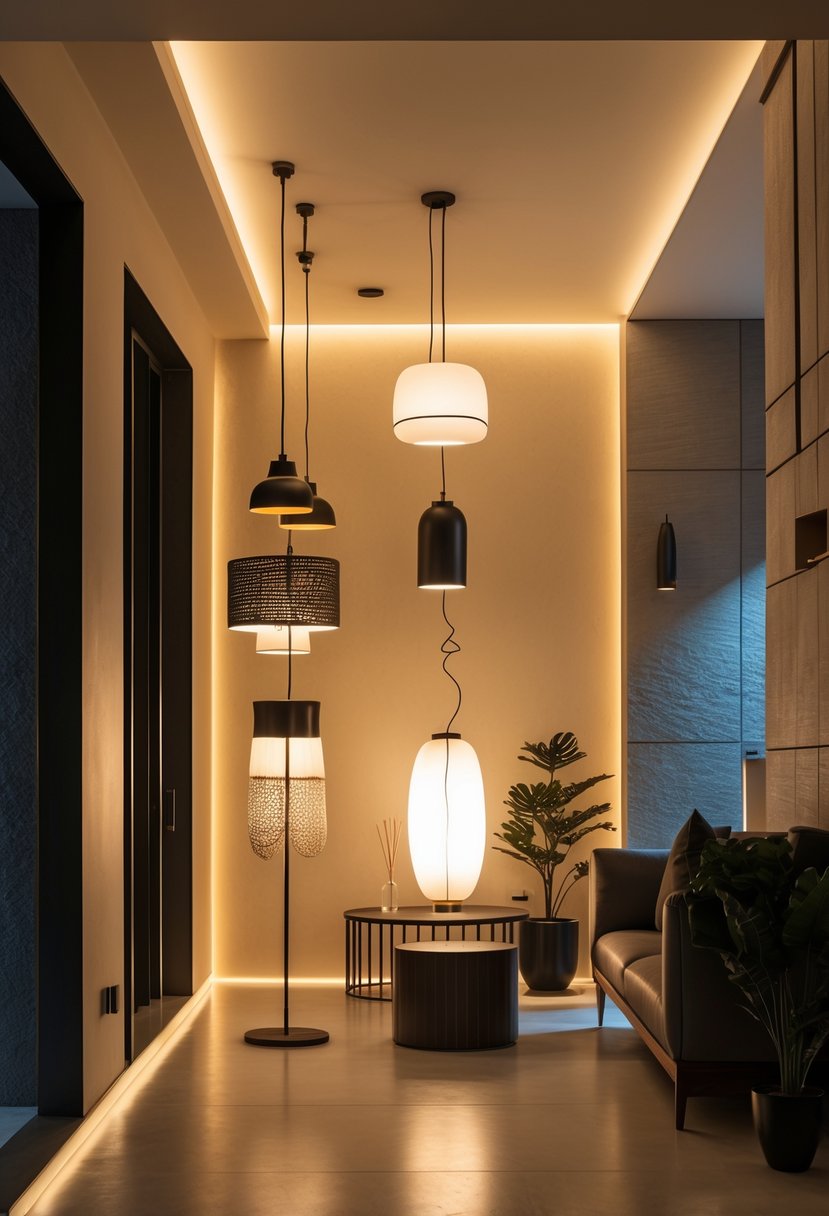
Lighting fixtures shape how people see and feel a room. Color temperature affects the mood and clarity of the space. Smart lighting adds control and convenience for daily use.
What types of lighting fixtures contribute to a room’s design?
Ceiling lights like chandeliers or recessed lighting add style and brightness. Wall sconces provide accents and help create depth. Table and floor lamps offer flexibility and can highlight specific areas or objects.
Layering these fixtures gives balance and enhances the room’s function and look.
What is the role of color temperature in lighting design?
Color temperature is measured in Kelvins and ranges from warm (around 2700K) to cool (over 5000K). Warm light feels cozy and inviting. Cool light is energizing and better for tasks.
Choosing the right color temperature supports the room’s purpose and the mood the designer wants to create.
What are the benefits of integrating smart lighting into home design?
Smart lighting allows control through apps or voice commands. It can change colors and brightness to match activities or times of day. Scheduling features improve energy efficiency.
This technology also helps create dynamic environments without the need for manual adjustments.
